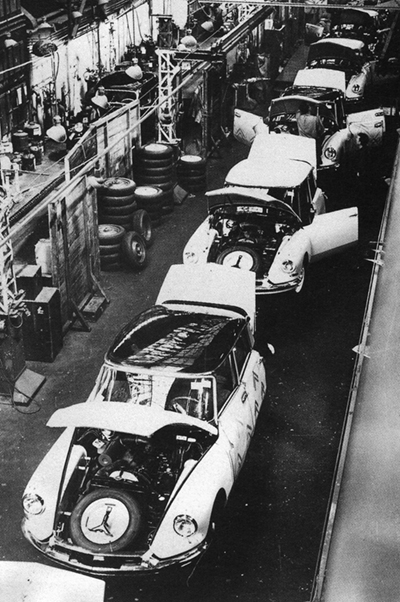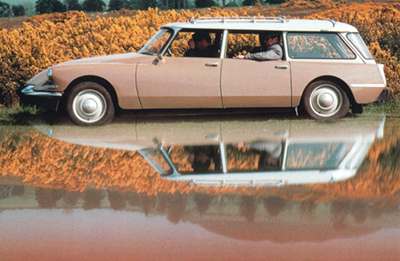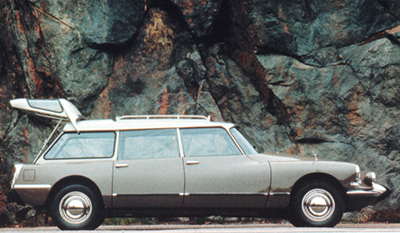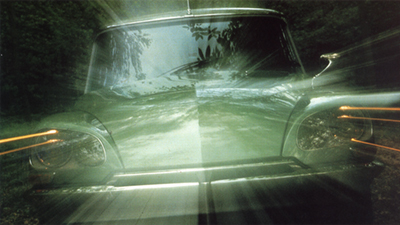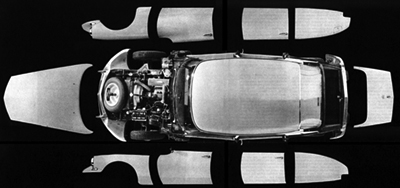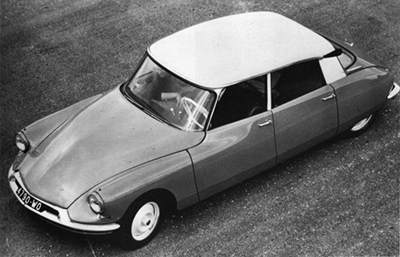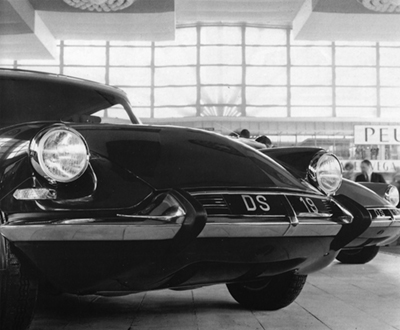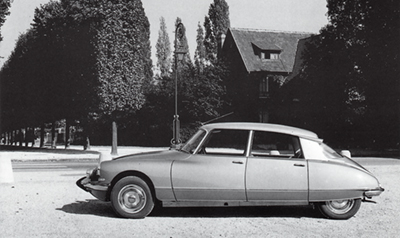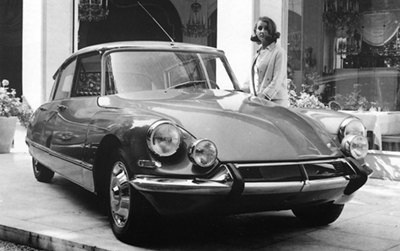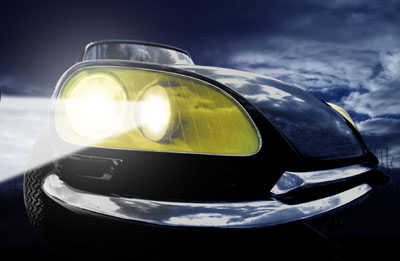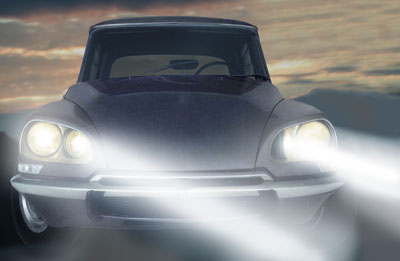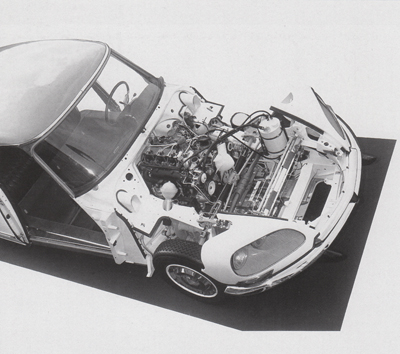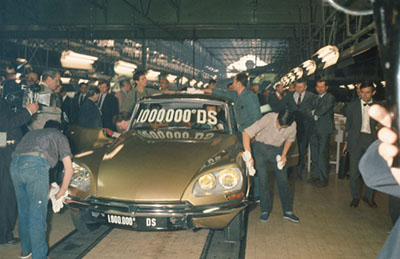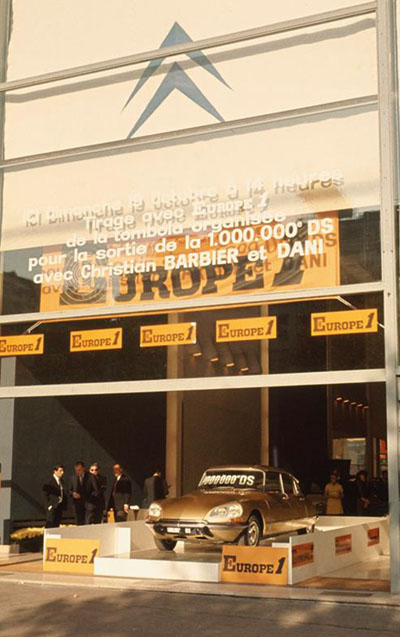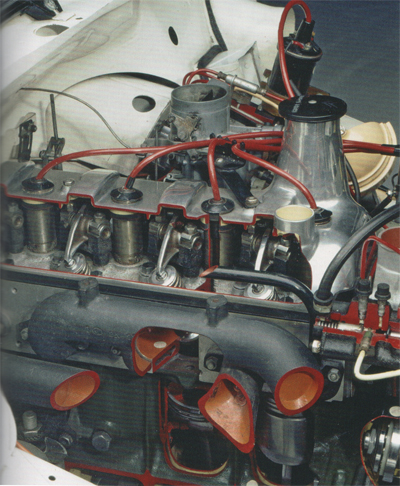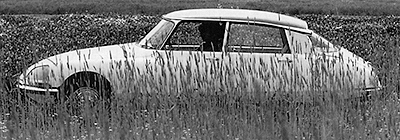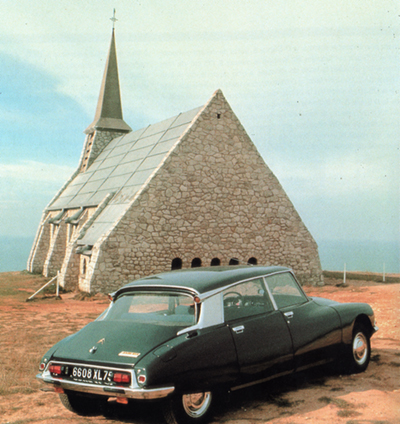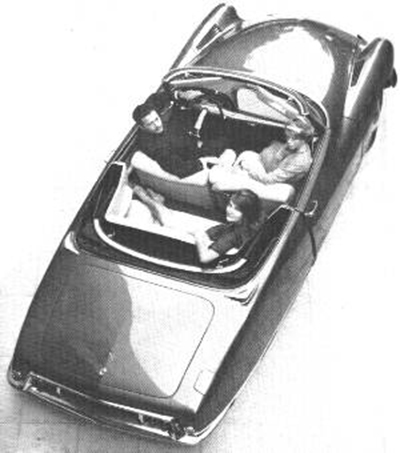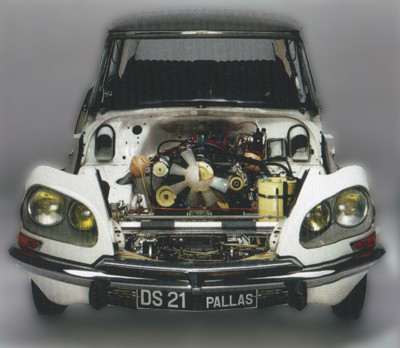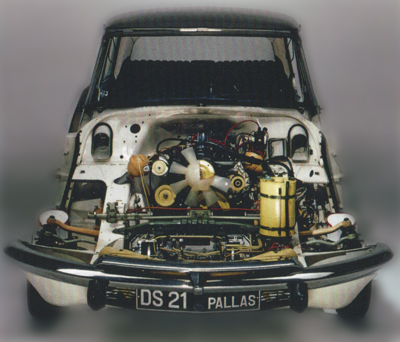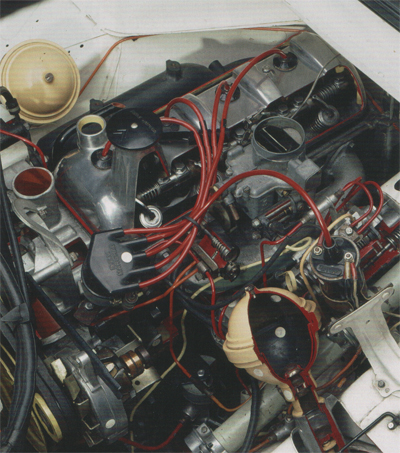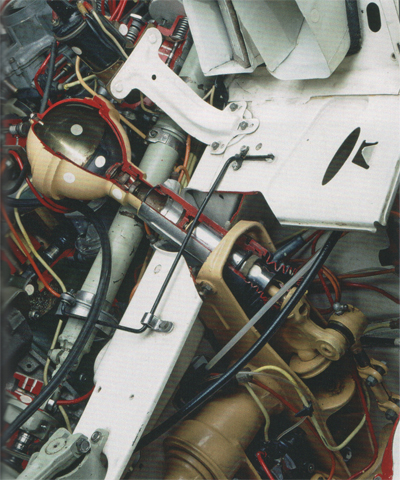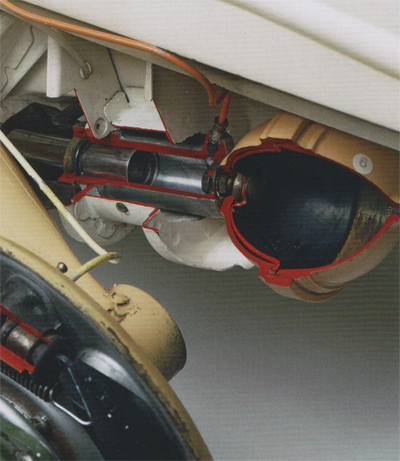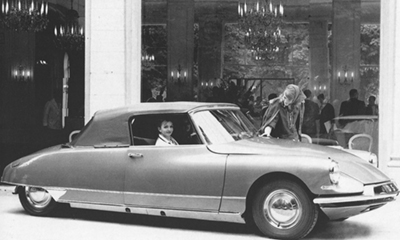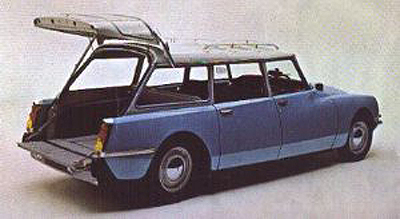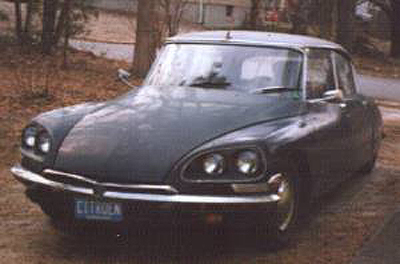|
||||||||||||||||||||||
Evolution |
|||||||||||||||||||||||||||||||
|
Over its 20 year lifetime, the DS was refined and improved and the range was extended to include numerous new variants. The DS was built in England, Belgium, Rhodesia, South Africa and Australia as well as in France. |
|||||||||||||||||||||||||||||||
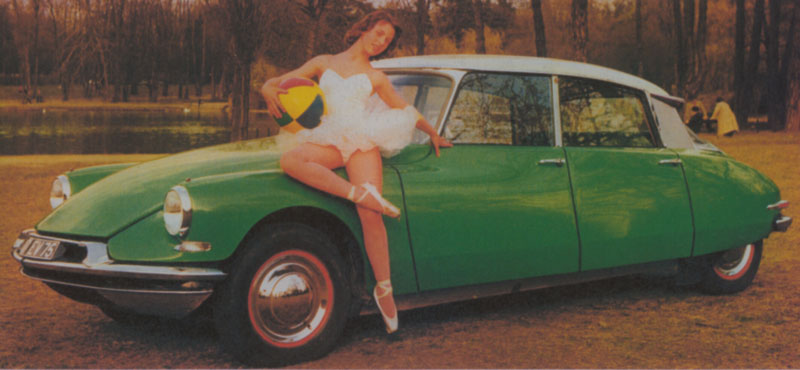 |
|||||||||||||||||||||||||||||||
|
|
||||||||||||||||||||||||||||||
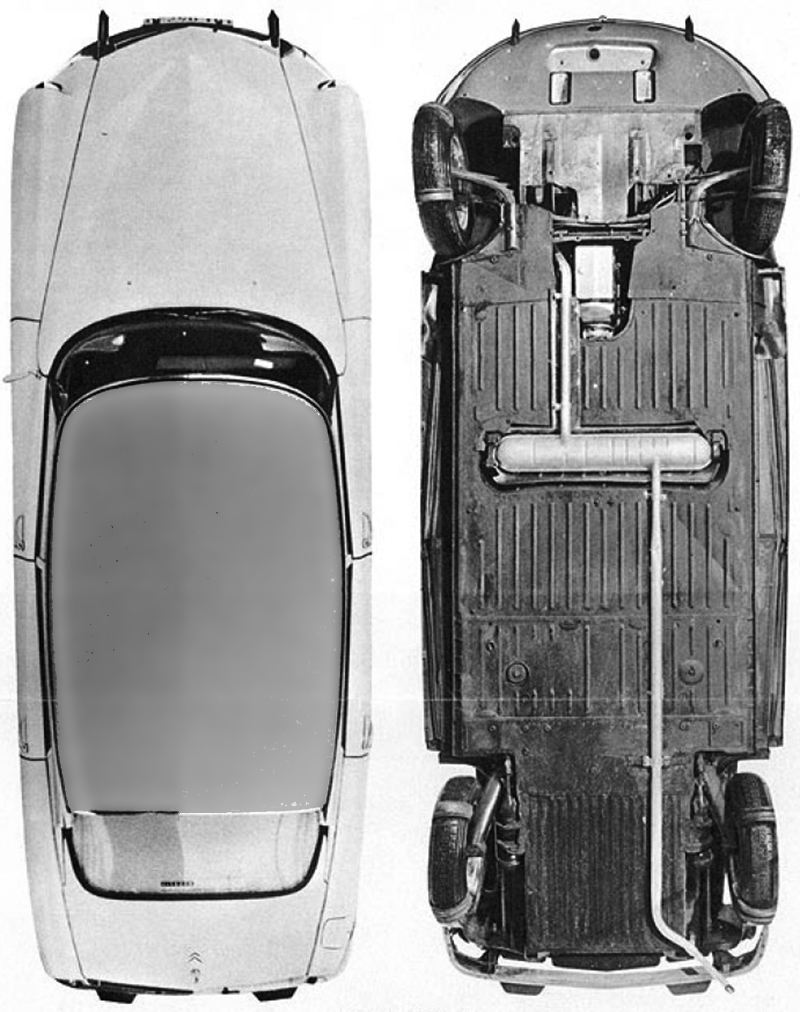 |
|||||||||||||||||||||||||||||||
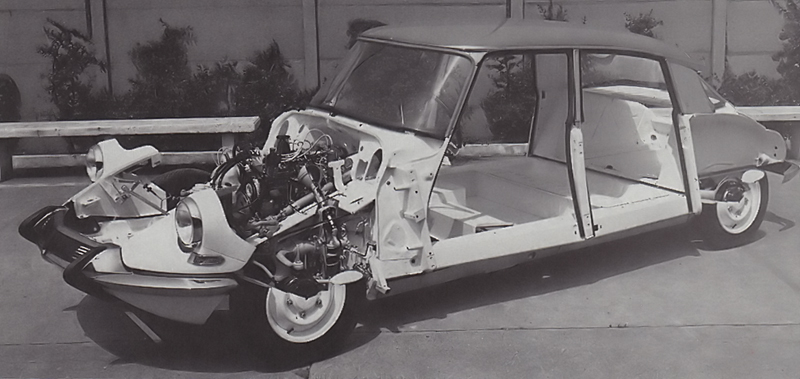 |
|||||||||||||||||||||||||||||||
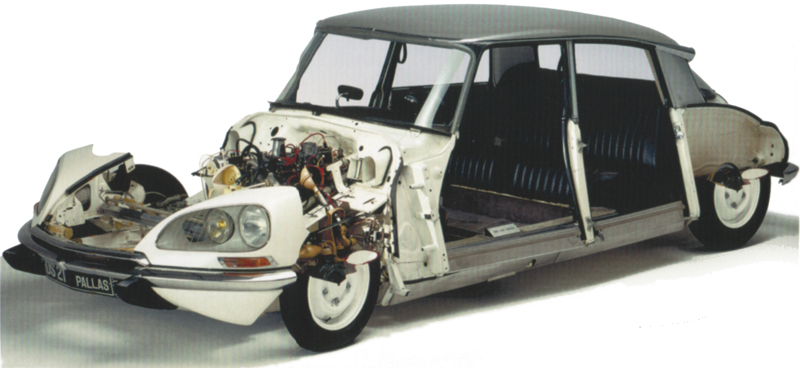 |
|||||||||||||||||||||||||||||||
|
|
||||||||||||||||||||||||||||||
|
On 24th April 1975, production of the DS ceased. Total production of all models came to 1,455,746. Its replacement, the CX was nowhere near as innovative, being evolutionary rather than revolutionary and that car's successor, the XM continued this trend, representing the refinement of existing concepts rather than the redefinition of those concepts. It is unlikely that the world will ever see such a fundamentally new car as the DS again. It is true that many manufacturers show concept cars that are truly innovative but a combination of international legislation and economics ensures that these are rarely put into production. Had the DS merely been such a concept car, it would have been sufficient for an entry into any history of the automobile. The fact that it made it into production renders it unique. The DS was sold worldwide and met with a mixed reception - ranging from stupefied incomprehension to unalloyed adulation. The C5 and C6 broke with tradition and used a new form of hydropneumatic suspension. High pressure hydraulics are no longer employed for the braking or steering and electronics are widely employed. |
|||||||||||||||||||||||||||||||




